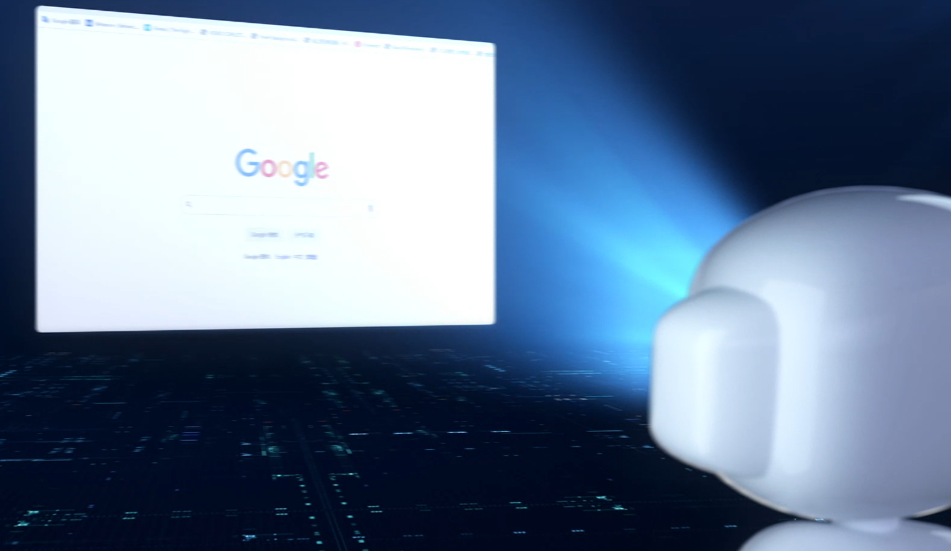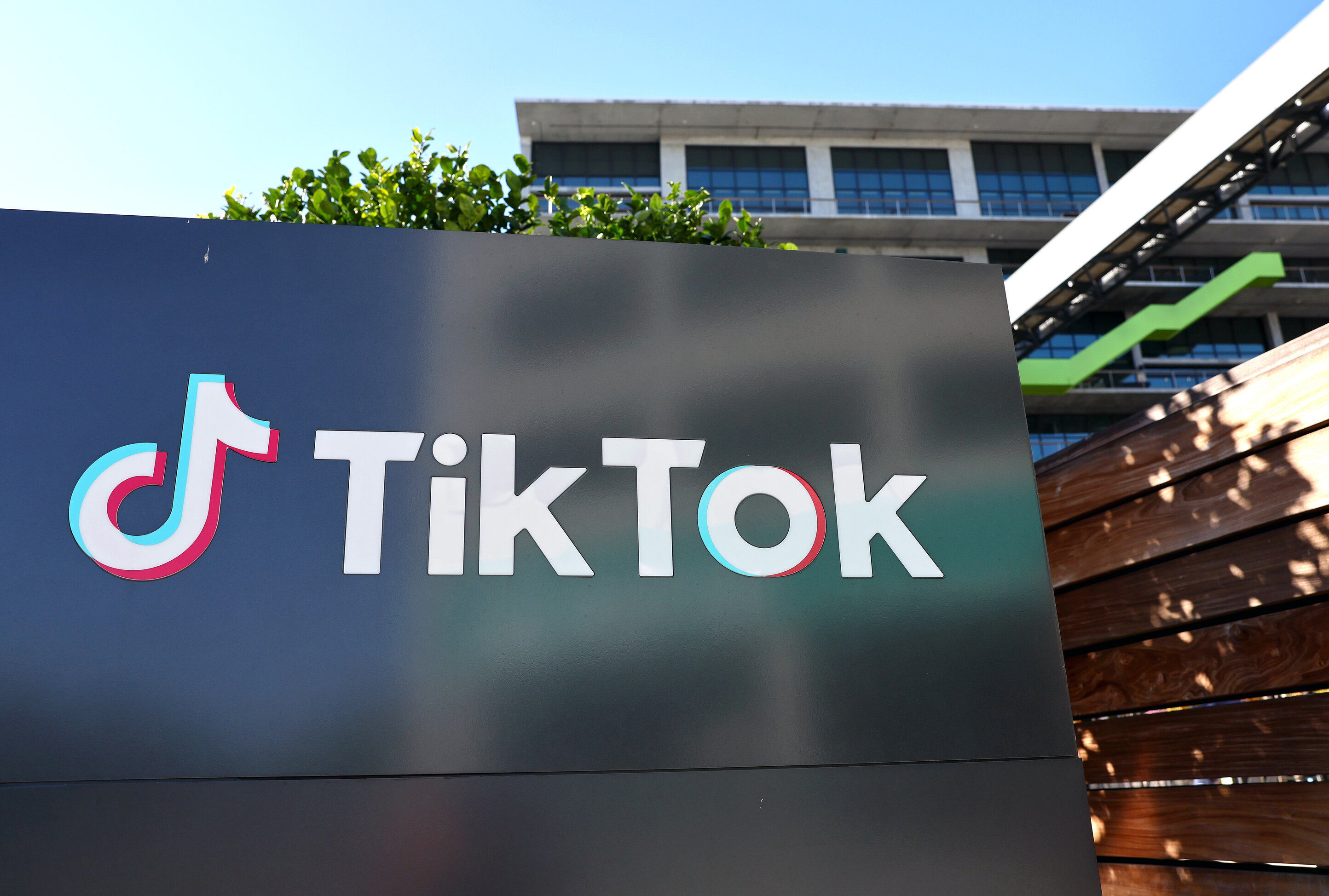Knowledge graph startup Diffbot Technologies Corp., which maintains one of the largest online knowledge indexes, is looking to tackle the problem of hallucinations in artificial intelligence chatbots by ensuring the accuracy of their responses.
The company has just launched a fine-tuned version of Meta Platforms Inc.’s Llama 3.3, saying that its responses are enhanced using a new technique called graph retrieval-augmented generation.
Diffbot’s large language model is not like typical AI models, which are trained on vast databases. Instead, it’s trained on a small amount of data and taught how to search for information within the company’s vast Knowledge Graph, which contains more than 1 trillion interconnected facts and is constantly updated.
Diffbot’s Knowledge Graph has been crawling the public internet for the last eight years, categorizing web pages into different groups, such as people, companies, articles and products. It extracts the most recent information from these sites using natural language processing and compute vision to keep its database up to date.
That database is updated every four to five days with “millions of new data points,” and it’s what’s being used to fuel Diffbot’s latest AI model to ensure its responses are grounded in the most up-to-date and accurate information.
That’s different from most other LLMs, which rely on static information that’s encoded into their training data. According to Diffbot, this makes its AI model much more accurate than others. If it’s asked about a recent news event, for example, it will search the Knowledge Graph for the most recent updates, extract the most relevant data, and cite the sources of that information to the user. So not only is it more accurate, but also more transparent than other chatbots.
Diffbot founder and Chief Executive Mike Tung told VentureBeat that he believes the AI industry will shift toward a standard that will see most general-purpose reasoning bots distilled to about 1 billion parameters, rather than the multibillion-parameter LLMs being developed today. He argues that it’s unsustainable to try to integrate all of the latest knowledge within AI models. Rather, it’s better to teach the models to use the tools necessary to search for external knowledge.
The startup hopes to finally solve the question of so-called “hallucinations,” which occur when AI models cannot find the answer to a user’s question and, instead of saying they don’t know, fabricate their responses. This tendency makes it risky to deploy AI, and Diffbot believes the solution is to ground AI systems in “verifiable facts” rather than trying to cram as much knowledge as possible into them.
Tung provided an example of users wanting to know the latest weather forecast in their area. “Instead of generating an answer based on outdated training data, our model queries a live weather service and provides a response grounded in real-time information,” he explained.
Diffbot says benchmarks show that its method is far more reliable. It achieved an 81% score on the FreshQA benchmark, which is designed to test AI models on real-time factual knowledge, beating both Gemini and ChatGPT. In addition, it achieved a 70.36% score on MMLU-Pro, which tests AI models for their academic knowledge.
The best thing about Diffbot’s model is that it’s being made open source, so companies will be able to download it and run it on their own machines and fine-tune it for their needs. For instance, they’ll be able to customize it to search their own databases, as well as Diffbot’s Knowledge Graph.
“You can run it locally on your machine,” Tung said, adding that this also makes it superior from a privacy perspective. “There’s no way you can run Google Gemini without sending your data over to Google and shipping it outside of your premises.”
Diffbot hopes that its LLM will be used by enterprises for workloads that require exceptional accuracy and full accountability, and it has made some inroads there, providing data services to Duck Duck Go Inc., Cisco Systems Inc. and Snap Inc.
Its model can be downloaded via GitHub now, and there’s a public demo available at diffy.chat. Companies that want to deploy it on their own hardware can choose the smallest 8 billion-parameter version, which can run on only a single Nvidia A100 graphics processing unit. The biggest, 70 billion-parameter model requires two H100 GPUs.
Image: Diffbot
Your vote of support is important to us and it helps us keep the content FREE.
One click below supports our mission to provide free, deep, and relevant content.
Join our community on YouTube
Join the community that includes more than 15,000 #CubeAlumni experts, including Amazon.com CEO Andy Jassy, Dell Technologies founder and CEO Michael Dell, Intel CEO Pat Gelsinger, and many more luminaries and experts.
THANK YOU








